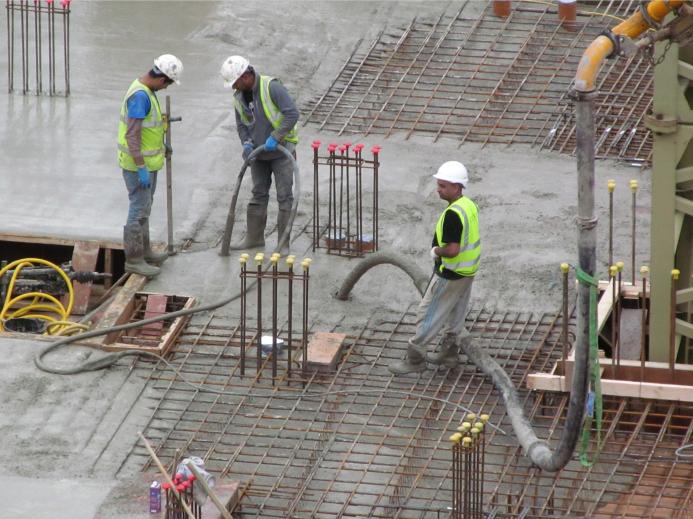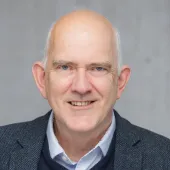New concrete turns buildings into batteries
Innovative new concrete could help transform UK’s homes into energy-storing batteries
Researchers at MIT, in collaboration with Harvard University's Wyss Institute, are developing a groundbreaking type of concrete that can store electricity, potentially turning buildings into massive batteries.
This new technology, if scaled up, promises to solve a significant challenge in the renewable energy sector: energy storage.
MIT researcher Damian Stefaniuk and his team have created a supercapacitor from a mix of water, cement, and carbon black, a conductive material commonly used in car tyres. Unlike lithium-ion batteries, supercapacitors charge and discharge rapidly, making them an excellent complement to conventional energy storage solutions.
"If it can be scaled up, the technology can help solve an important issue – the storing of renewable energy,” says Stefaniuk.
The potential applications are vast. Roads made from this carbon-cement supercapacitor could wirelessly charge electric vehicles, reducing dependence on traditional chargers. Buildings could also incorporate this material, with walls and foundations storing energy, thus supporting structures while functioning as energy reserves.
"To have walls, or foundations, or columns, that are active not only in supporting a structure, but also in that energy is stored inside them," Stefaniuk says.

Currently, the technology is in its early stages. The team’s prototype supercapacitor can only power a 10-watt LED for 30 hours. However, the researchers plan to build a larger version capable of meeting the daily energy needs of a residential house. They envision a future where common construction materials contribute significantly to energy storage, aiding the transition to a cleaner, more sustainable world.
Despite the promise, challenges remain. Scaling up from laboratory prototypes to widespread deployment involves addressing manufacturing complexities and potential resource shortages. Additionally, cement production is a major source of carbon dioxide emissions, though efforts are underway to develop low-emission alternatives.
Speaking to the BBC, Michael Short, who leads the Centre for Sustainable Engineering at Teesside University, said: "The research opens many interesting potential avenues around the use of the built environment itself as an energy storage medium.
“As the materials are also commonplace and the manufacture relatively straightforward, this gives a great indication that this approach should be investigated further."
This innovative carbon-cement supercapacitor could play a pivotal role in the future of renewable energy storage, turning homes and infrastructure into integral parts of a sustainable energy system.







